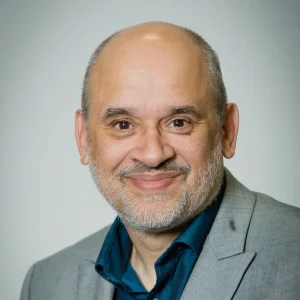The Highway Code states ‘make sure your signals will not confuse others’. Good advice I am sure you will agree.
It’s ironic, therefore, that many road safety professionals themselves are giving misleading signals.
Let’s look at just two press releases recently issued, the first from TRL.
“Companies are spending money on road safety strategies, with little evidence of whether they are actually producing results, research suggests.
Currently, between a quarter and a third of all road traffic incidents involve somebody driving for work, with an estimated 200 workers killed or seriously injured every week on the UK’s roads.
But a leading road safety expert has warned that companies could be pouring money down the drain by introducing unproven measures.
“There is a perception that most things are proven, but most things are not,” said TRL principal road safety researcher Shaun Helman.”
The second press release issued by the AA.
“A National driver education programme is needed in Scotland to improve skills and raise awareness of the dangers of motoring”, the head of the Automobile Association has claimed.
Edmund King, president of the AA, said police should be given the power to refer dangerous drivers on to courses on speed awareness and safe driving techniques as an alternative to prosecution.
The approach is already regularly used in England and Wales where thousands of drivers choose education courses every year in order to avoid getting points on their licence. Evidence suggesting these drivers are then less likely to be involved in a further road accident.
Mr King, who was in Edinburgh yesterday to address senior figures in Scotland’s road safety community, said there was a proven case for introducing the same powers in Scotland.
He claimed the approach would be particularly effective in improving safety for young drivers – a key plank of the Scottish Government’s target to cut the number of road deaths by 40% by 2020 – and called for a pilot to be implemented ahead of a national scheme.
“A common perception among young drivers before they go on courses is that they don’t need them, their driving is fine. By the end of the course, people’s views were very different. The vast majority said it got them to think,” he said.”
Now if I was a manager looking to improve the safety of my drivers I would be confused. On one hand I have a well-respected organisation like TRL urging me not to invest in training because there is no proof that I will get a return on investment, yet at the same time I read another well-respected organisation, the AA, saying that training has been shown to be particularly effective in improving safety.
So why would these two respected organisations have different views, because surely ‘facts are facts’ and so they can’t both be right?
Perhaps it’s down to the fact that each organisation looks at it differently, dare I say steered by their own agendas?
TRL specialises in research and I am sure would be happy to be commissioned by any company to analyse and advise them as to whether they should invest in driver development training. The AA, on the other hand, provides driver training.
I’ll leave you to make your own mind up on why each has, therefore, decided to make the statements that they have made.
But surely these mixed messages aren’t doing much to help the one thing that matters – and that’s road safety.
I’ve only cited two examples, but there are so many other organisations also putting their messages out, leaving the general public and business communities left with very misleading signals.
One would assume, of course, that by turning to the Government, that at least with them you may find an agenda for safety rather than personal gain. But on the eve of the Conservative Party conference they said they wanted to increase the speed limit on motorways. Why on earth would they put that message out now if not for political purposes?
I’m not getting into the fors and againsts of raising the speed limit now, as I have covered that subject in an earlier blog, but this is just another example of the government using road safety for their own agenda.
But lets face it, the PR spin will never stop. However I would advise this. Always look at who is putting the road safety message out with a critical eye. And keep an open mind.
That way you can make your own mind up about what will or not work to improve road safety in your business.
Follow BusinessCar on TWITTER





